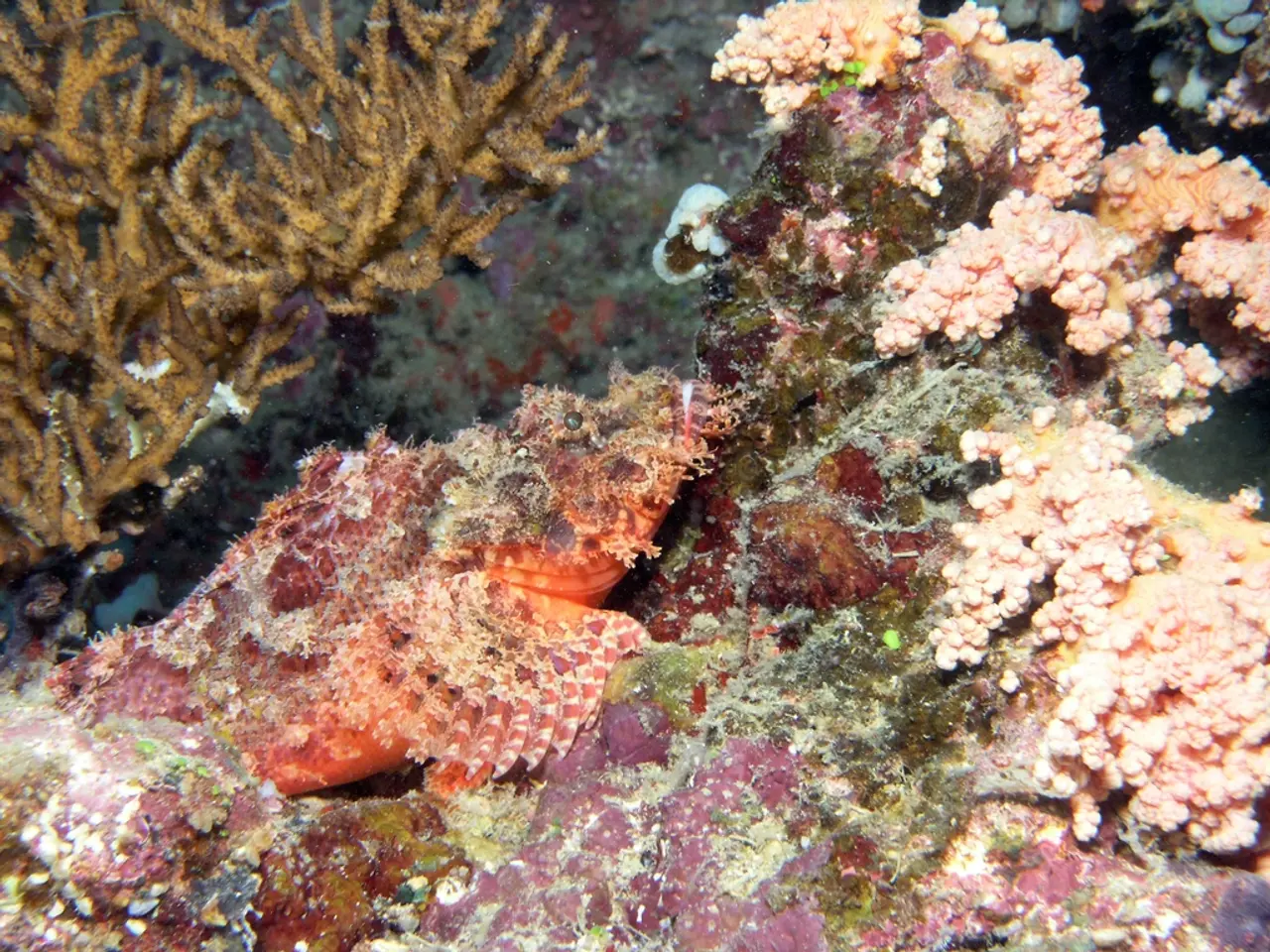Ocean's Abundant Treasury, Nature's Provider
In the heart of the northern Pacific, the Sea of Okhotsk presents a breathtaking spectacle during winter. This vast marine ecosystem, supported by the bountiful phytoplankton brought in by the drift ice, plays host to a diverse array of wildlife.
The shoreline of Hokkaido, Japan's northernmost main island, was among the last in the world to be fully mapped. Today, its beaches, sandy and pristine, are home to numerous sandbanks and sandbars that have trapped seawater, creating brackish water coastal lagoons such as Lake Kutcharo, Lake Saroma, Lake Notoro, and Lake Fūren.
The formation of drift ice in the Sea of Okhotsk is primarily influenced by winter sea water cooling, cold air temperatures, and the inflow of fresh water from rivers such as the Amur River. The cold subarctic climate in winter causes seawater to freeze, particularly in shallow coastal and shelf areas. Wind patterns and ocean currents then move the newly formed ice, creating drift ice fields. The Okhotsk Sea is also affected by the Amur River discharge and snowmelt, which reduce salinity and facilitate ice formation.
However, global warming has contributed to a decline in drift ice extent and thickness in the Sea of Okhotsk. Rising air and sea temperatures due to climate change reduce the duration and spatial coverage of sea ice formation. This warming trend results in earlier ice melt and later ice formation each year, diminishing the traditional drift ice presence. Changes in atmospheric circulation patterns linked to warming also affect the timing and extent of ice formation and melt in the region.
These changes disrupt the ecological functions that drift ice supports. Marine mammals such as seals and sea otters, which rely on the drift ice for habitat, are affected. The Sea of Okhotsk is well known as the winter haven of Steller's sea eagles, white-tailed eagles, and other birds of prey, many of which congregate at the Sea of Okhotsk shoreline. The decline in drift ice could impact these species, as well as the symphony of color created by seagrass bleached by the sun and seaweed on the Shiretoko Peninsula.
In a stark contrast, the waters of the Sea of Okhotsk become a vast expanse of white when drift ice moves in from winter into spring. The shoreline transforms, offering a captivating sight of seagulls congregating and wild konbu over 3 meters long visible at low tide. The Sea of Okhotsk, once a winter haven for many species, is now a testament to the impacts of global warming.
References:
[1] National Snow and Ice Data Center. (n.d.). Sea of Okhotsk. Retrieved from https://nsidc.org/cryosphere/sotc/sea_of_okhotsk.html
[2] Sea of Okhotsk. (n.d.). In Wikipedia. Retrieved from https://en.wikipedia.org/wiki/Sea_of_Okhotsk
[3] National Oceanic and Atmospheric Administration. (n.d.). Sea of Okhotsk. Retrieved from https://oceanservice.noaa.gov/facts/okhotsk.html
Read also:
- Harsh Desert Environments Support Thriving Fruit Groves: Agriculture in Severe Climates
- One night of sleep deprivation can cause changes in our genes, according to a research study.
- Governmental personnel records to no longer include COVID-19 vaccine statutes of employees
- Threat of heart attacks on the rise due to intense heat and polluted air conditions







